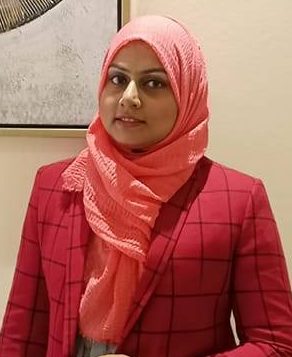Introduction:
As a major component of the cultural industry, no doubt cinema has a significant impact on the subconscious mind of the common masses across the world. Prior to the journey of cinema in 1896, it has been considered as an influential medium reflecting the social identities and cultural values. Film makers’ portrayal of the conventional images and gendered stereotypes has also been subjected to continual evaluation for a couple of decades. Positive changes regarding gender roles in cinema are still phenomenal with usual typecasting.
Significance of woman’s film as a certain genre therefore lies in identifying the women-centered narratives, female protagonists and also designed portrayal of women’s concerns regarding domestic chore, motherhood or the stories of self-sacrifice, romance. Rather than encompassing women filmmakers, women’s films usually mean the films specially made for women, predominantly by men screenwriters, directors or producers.
Although women’s cinema in both Hollywood and Bollywood in the second half of the twentieth century tried to address ground reality of women’s lives; the continuity of this trend disappeared in the sixties. Although productions of the films are done in different countries, so is the exhibition but as a whole mainstream cinema portrays the same stereotype of women. Bollywood along with Hollywood -undoubtedly are two major sources of these stereotypes—which remain prevalent in films of many other countries.
Women in Hollywood and as well as in Bollywood cinema are mostly portrayed as passive objects of desire characterization and it is no different in Bangladeshi films. Exposures of physicality, beautification of girls as sexual objects are the major trend of portrayal of women in these films.
Although glamorization of the female body is the major trend of mainstream cinema in this part of the world, there are independent filmmakers in many countries who made films which portrayed women’s potentiality as human beings. Independent filmmakers of the South Asian region have also made some good films on women.
The content of the films based on women requires having more discussion as well as interaction among the scholars, activists, film critics and also the filmmakers themselves. To serve this very purpose of making women-based cinema better and more relevant the festival has decided to arrange a two day long international conference on women cinema.
Objective:
To improve the standard and content of women-based cinema and also to create an interaction among the women who are involved in the medium of cinema through exchanging ideas and sharing diverse experiences.

Sadia Khalid Reeti
Conference Director

Humaira Bari Antara
Conference Supervisor
She is a film critic and screenwriter. She studied Screenwriting at the University of California, LA(UCLA). Currently the Showtime Editor of Dhaka Tribune, she has served as a jury member at different film festivals. She served as a FIPRESCI jury at Cannes Film Festival, International Film Festival of Kerala, Bengaluru International Film Festival and Dhaka International Film Festival-DIFF. She is the first international voter for the Golden Globe Awards from Bangladesh. A Berlinale Talents alumna, she attended mentorship programs with Film Independent and Locarno Open Doors and is the recipient of Charles Wallace Fellowship from the British Council. She is the co-convener of West Meets East Screenplay Lab and Film Haat of DIFF. She also teaches film studies at different universities and institutions.
She is an active member of Rainbow Film Society with about a decade worth of association with the organization. She holds a MA degree in Economics from Eden Women’s College under Dhaka University. Antara has previously worked as a volunteer for Dhaka International Film Festival and later joined as an official, currently holding the position of a Deputy Manager.